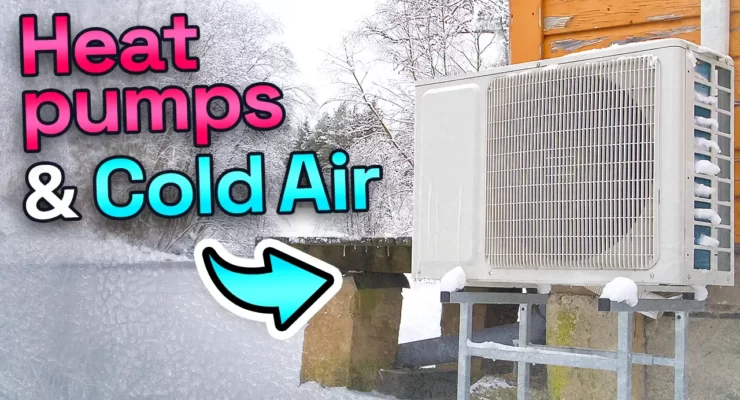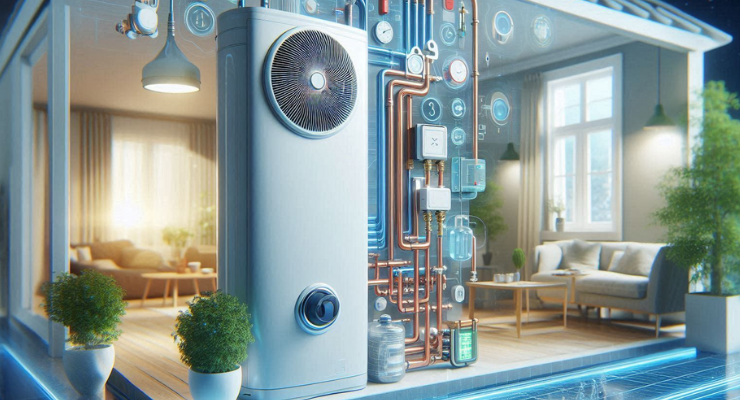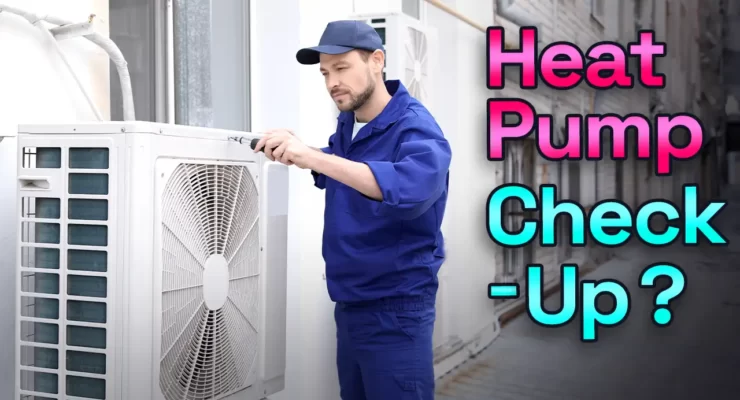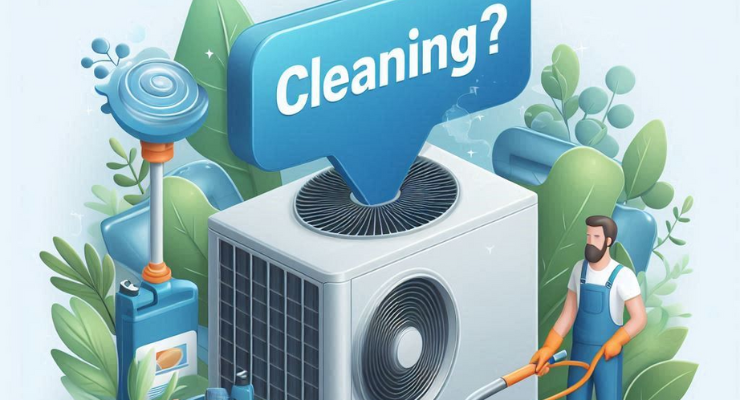Fast read
Heat pumps effectively work in cold climates thanks to advanced technology. Cold-climate heat pumps utilise air source heat pumps (ASHPs) that extract ambient heat, compress refrigerant, and transfer this heat indoors.
These systems can reach up to 400% efficiency in moderate climates and function even at temperatures as low as -30°C. Key features for their efficacy in cold climates include variable compressors that adjust speed in real-time and specialised refrigerants with lower boiling points that extract more heat from colder air.
Other refinements enhance efficiency and adaptability in colder environments. If considering renewable energy sources, consult a local expert for the best guidance.
Do heat pumps work in the cold?
Heat pumps are a great and economical alternative to traditional heating methods. They also produce fewer greenhouse gases, which can help reduce the environmental impact. You can even power them with renewable energy sources to eliminate your carbon footprint. However, heat pumps cannot always reach heat in cold weather.
You need to know which systems are best suited for your area. Especially if you are located in a colder region, this article will explore which heat pumps are appropriate for your location.
The answer is yes – heat pumps work in cold climates. The technology we have today allows heat pump technology to be efficient and environmentally sound.
While a moderately warm climate is the best for heat pumps, they can extract heat from the environment and convert it to energy efficiently. However, as we will explore heat pumps further, you will be able to see that some heat pumps are more effective in colder climates than others.
This is because some heat pumps with exposed piping must work harder in winter to supply your home with enough hot water or central heating. A supplementary system must be installed if your heat pump system can not get enough heat from the air.
How do cold climate heat pumps work?
Cold climate heat pumps use specific technology that enhances the system’s performance in cold temperatures. The most common heat pump technology that these systems use is called air source heat pumps (ASHPs). This means the heat pump uses the ambient air from the surrounding environment as a heat sink or source of heat.
ASHPs then compress the refrigerant, subsequently creating a hotter gas. This heat is transferred to the indoor unit or the ductwork in your home. This process allows the heat pump to produce hot air in your home, regardless of ambient air temperature.
ASHPs even excel in moderate climates. Cold-climate ASHPs can perform up to 400% efficiency in moderate climates. This means they can produce four times more energy than they consume. This efficiency slowly declines as the temperature does, but it will never completely stop its performance.
Cold climates have been tested in temperatures as low as -30 degrees Celsius. This is possible with a few features that allow the heat pump to specialise in cold climates.
Variable compressors
Cold climate heat pumps are made to work well in cold temperatures. They are more efficient and durable than regular heat pumps. One of the key innovations in these heat pumps is their refined compressor design, which plays a pivotal role in their superior performance.
Unlike traditional heat pumps with fixed-speed compressors that operate in a simple ‘on’ or ‘off’ mode, cold climate heat pumps are equipped with variable-speed compressors. This advanced feature allows the compressor to adjust its speed in real-time based on the heating or cooling demands of the space.
The heat pump adjusts itself to use only the energy needed to maintain the desired indoor temperature. This helps save a significant amount of heat energy.
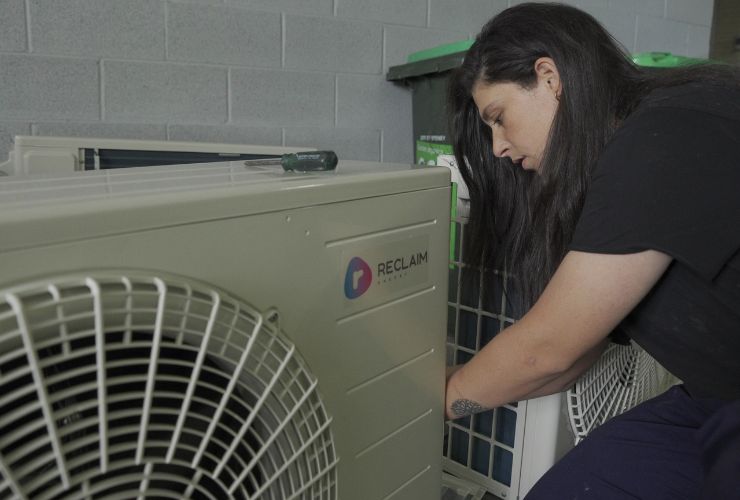
Refrigerants
Air Source Heat Pumps (ASHPs) are innovative heating and cooling systems that have gained popularity for their energy efficiency and eco-friendliness. These systems utilize refrigerants to transfer heat between the indoors and outdoors. One of the remarkable features of ASHPs is their ability to extract heat from the ambient air, even in cold climates.
Refrigerants play a crucial role in the operation of ASHPs. They are substances with properties that allow them to change from a liquid to a gas and vice versa at specific temperatures. This phase change enables them to absorb and release heat as they circulate through the system.
In cold climate areas, ASHPs use specialised refrigerants with a lower boiling point compared to traditional heat pump refrigerants. This design choice is intentional and beneficial. A lower boiling point allows these refrigerants to evaporate and condense at lower temperatures. As a result, they can effectively extract heat from the colder outdoor air, even when temperatures drop significantly.
Additional features
Cold climate and traditional heat pumps have a similar process for transferring energy. Just like the two previously mentioned features, a few extra smaller changes make cold climate heat pumps more optimal for cold temperatures. These include an increased compressor capacity, an improved compression cycle and reduced ambient airflow rates.
But heat pumps do work in cold climates. Whether you have a traditional heat pump or a cold climate heat pump, you will have a working system to enjoy.
